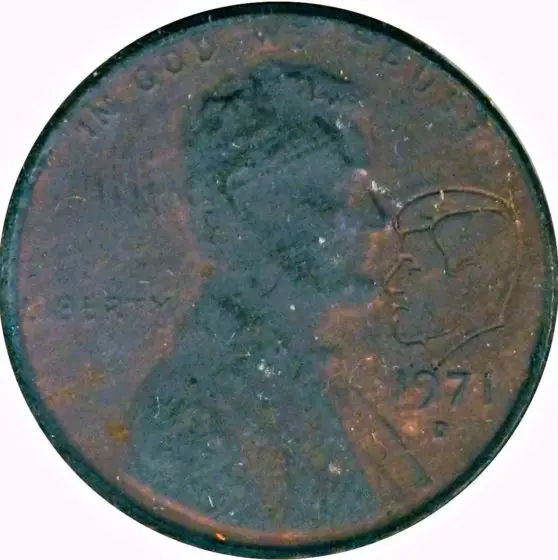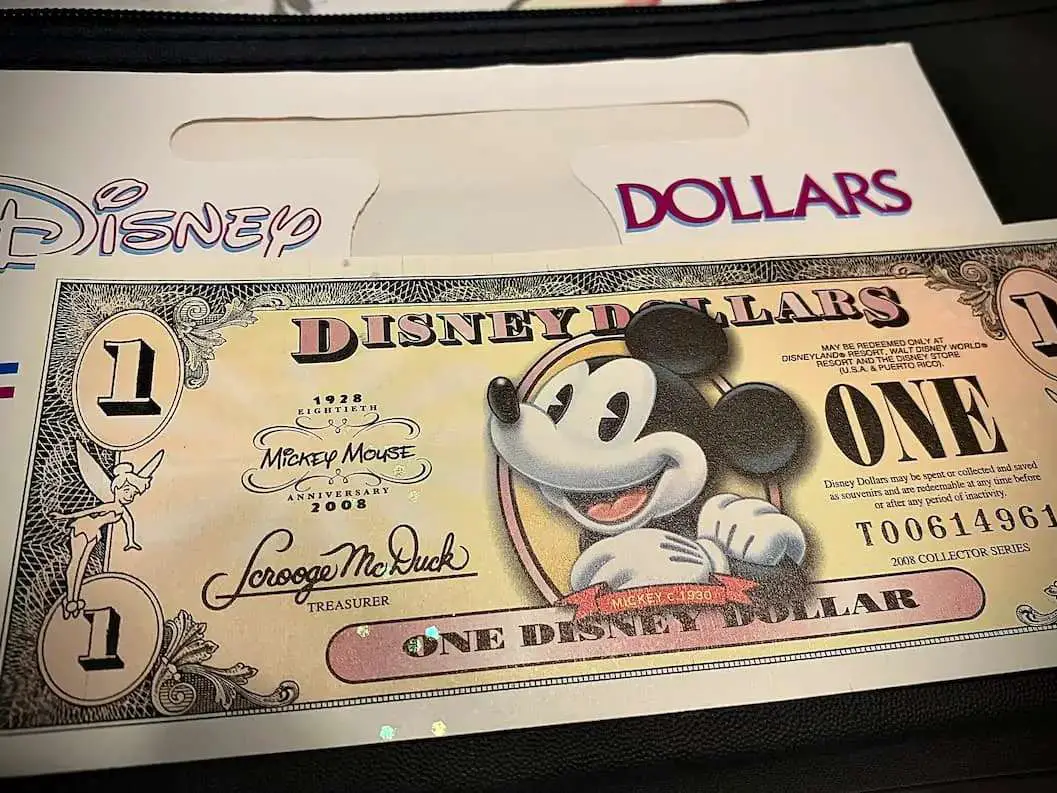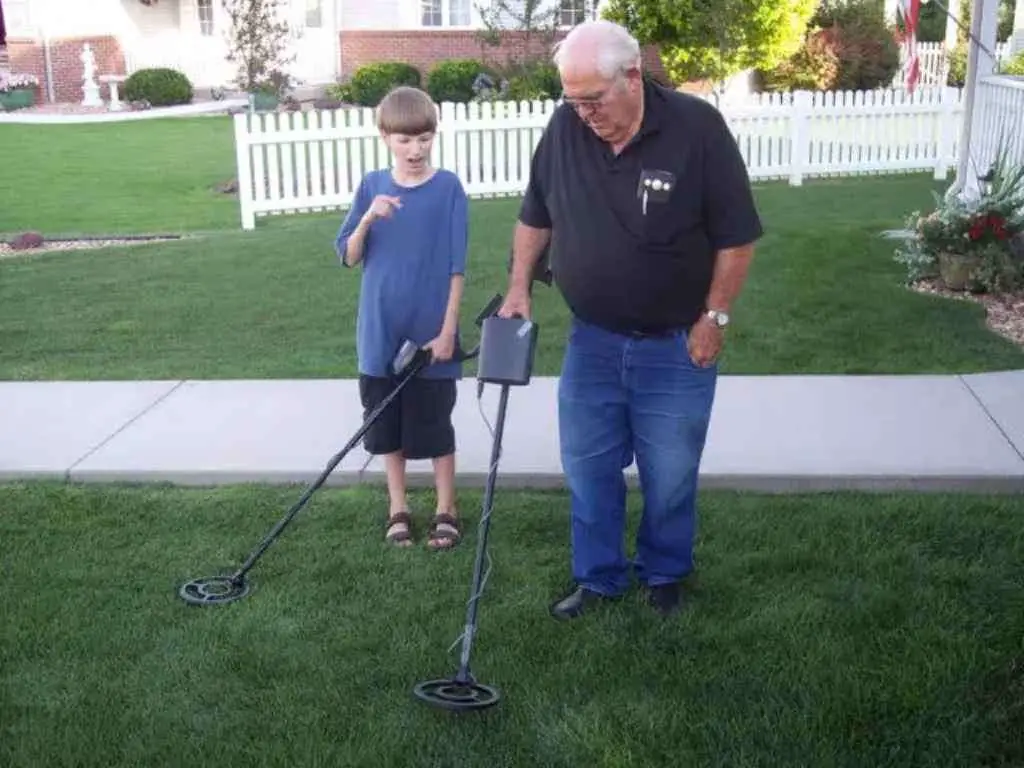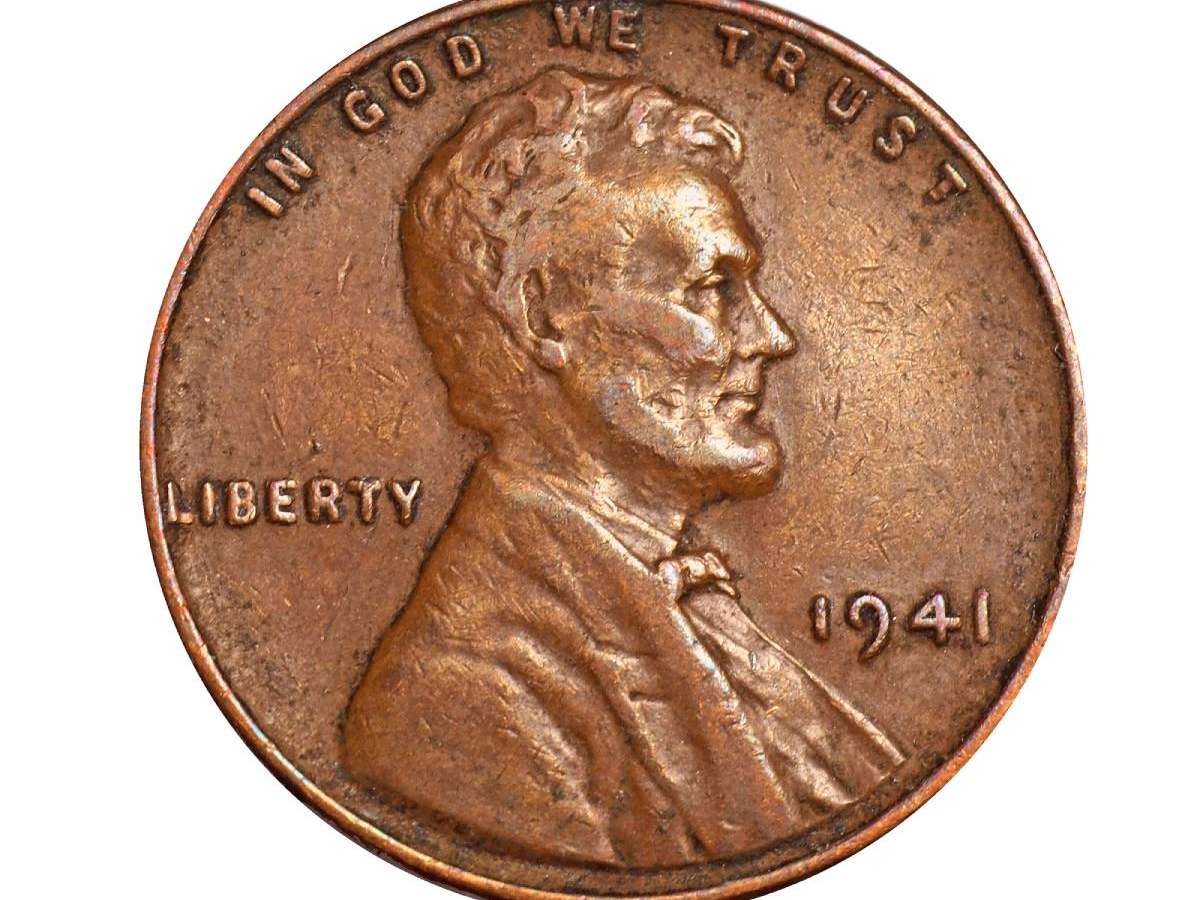A lot of people have asked me about counterstamped coins over the years.
While you might not know exactly what a counterstamped coin is, you’ve probably seen one in the past or even have one yourself.

Have a Lincoln penny with Kennedy face on it? Or a penny with a state outline? Or a penny with a Mason stamp?
Those are a few of the most common examples of counterstamped coins you’re likely to come across in your pocket change.
In this article you will learn:
- What a counterstamped coin is
- How and why these coins are made
- What some of the most popular counterstamped coins are
- Some tips for collecting them
- How much counterstamped coins are worth
What Are Counterstamped Coins?
Counterstamped coins are genuine coins — they’re not fakes, and they’re not error coins.
However, that little unusual design you don’t normally see on the coin was placed there by someone outside the mint.
In other words, a penny with Kennedy on it or a penny with an outline of a state didn’t come from the United States Mint that way.
How Are Counterstamped Coins Made?
A counterstamp is set into an existing coin usually by a die on a press or other machinery.
Counterstamps are similar to but different from countermarks — which are handpunched into the coin by a hammer, a simple machine, or the like.
There are many different merchant and privately countermarked coins.
Among the countermarks commonly seen on United States coins are those found on the Trade dollar — a large silver coin produced from 1878 through 1885 that was widely circulated in China and other southeast Asian nations. Some of the merchants there who handled these coins punched their unique stamps (often called chop marks) onto them. Chop marked Trade dollars are widely collected and regarded as unique –because no two are really alike.
Counterstamped Coins Are Novelty Coins
Counterstamped coins are generally considered altered but are widely collected as novelty coins. Not all novelty coins with weird markings are known as counterstamps, though.
For example… Do you have any oval-shaped pennies with stampings from theme parks, national historic sites, or markings from other places? These pieces are similar to counterstamped coins — they belong to a group of coins known as elongateds.

Elongated pennies are the most common type of elongated coin, but they are made from all denominations.
Why Are Some Coins Counterstamped?
Most often, counterstamped coins are created as special souvenirs or marketing items. (Sometimes they’re even created as a form of coupon or admission for a special event!) Usually, they’re sold as special mementos of particular organizations — some even sell them as good luck charms.
In some cases, counterstamps derive from the government where the coin originated.
Consider, for example, a few of the classic coins of the West Indies. Curacao counterstamped a variety of coins from Brazil and other places with its own counterstamp to declare the pieces as legal tender on the island.
Likewise, there is much speculation that an official (or officials) at the United States Mint counterstamped some 1815 and 1825 Capped Bust quarters with unusual “E” and “L” stamps. Theories suggest the “E” and “L” stamps have something to do with testing various mint press settings — with the “E” possibly referring to “even” or “excess” and the “L” for “light.” But a more plausible origin for the counterstamped quarter is the coins were used as voting counters for a religious group known as the Harmonists, located in Pennsylvania. No conclusion has been proven and the origin of these E and L Capped Bust counterstamped quarters remains a mystery.
Many 1925 Stone Mountain commemorative half dollars were counterstamped with markings such as state abbreviations and numbers. These counterstamps were placed onto the coins by the governors and civic organizations of various states and originated with a special promotion to sell these popular United States commemorative half dollars.
Coin Markings That Do Come From The Mint
Having said all of this about counterstamps, there are some unusual markings people ask me about that were made at the mint.
I don’t want to delve too far off on a tangent here, so I’ll keep this section brief. But here’s a rundown on some mint-made letters, shapes, and other markings that you should know about:
- Designer initials — You may have seen tiny individuals letters or groupings of letters that don’t seem obvious in their meaning. These are often initials indicating the designer of a coin. Some of the most popular coins noted for their initials include: “VDB” on the Lincoln cent for Victor David Brenner, “F” on the Buffalo nickel for James Earle Fraser, and “GR” (Gilroy Roberts) on the obverse of the Kennedy half dollar and “FG” (Frank Gasparro) on the reverse of that coin.
- Mintmarks — These little letters on coins tell you which United States Mint facility produced them. Common mintmarks from the U.S. Mint are “P” (Philadelphia), “D” (Denver), “S” (San Francisco), and “W” (West Point). There are also many other mintmarks, too. The biggest mintmarks seen on U.S. coins to date are the large “P,” “D,” and “S” mintmarks on the reverse of the World War II-era Jefferson nickels. (These large mintmarks over the top of Monticello indicate that the coin contains a 35% silver wartime composition.)
- Privy marks — Privy marks have not been seen on modern United States coins — until recently. These tiny designs and shapes are most often seen these days on limited-edition coins or collector coins. The markings tend to have a ceremonious or commercial purpose to mark a special occasion.
If you happen to see a much bigger, more prominent letter floating somewhere else on the coin all by itself, it is most likely a post-mint counterstamp.
Tips For Collecting Counterstamped Coins
Many coin collectors don’t like counterstamped coins because the markings themselves are considered alterations. That’s why many numismatic purists won’t touch these so-called damaged coins with a 10-foot pole.
But that doesn’t mean these coins are worthless.
Coins with counterstamps are collectibles in their own right because the markings tell their own stories.

While such coins are normally worth less than unaltered versions of the same pieces, some of these coins can actually fetch higher prices:
- The 1815 and 1825 “L” and “E” quarters or the 1925 Stone Mountain half dollars with countermarks that I discussed above often trade for more than their unaltered counterparts of similar grade.
- Likewise, even worn examples of more common pieces such as the Lincoln-Kennedy penny or Mason penny (also mentioned above) will trade between collectors well above face value!
The bottom line is… There’s no right or wrong way to collect coins — and that certainly goes for coins with counterstamps.
You might want to pursue certain types of counterstamps or perhaps counterstamps on a particular denomination. Of course, many counterstamped coin collectors have very little rhyme or reason behind how they collect these pieces.
Just collect what you like!
List Of Counterstamped Coins & Their Values
It’s virtually impossible to list all U.S. counterstamped coins — because there are just so many, and new ones are being made all the time.
I may add more coins to this list in the future, but it does include the most popular and widely collected counterstamped U.S. coins:
- Lincoln penny with Kennedy face — $1 to $2
- Lincoln penny with state outline — $1
- Lincoln penny with Mason symbol — $2
- Nickel, dime, or quarter with state outline — $2 to $3
- 1815 and 1825 Capped Bust quarter with “E” or “L” counterstamps — $1,500+
- 1925 Stone Mountain half dollar with letter or number counterstamps — $500+
- Kennedy half dollar with “1963,” “Dallas,” or other unusual date and phrase markings — $2+
- Trade dollar with chop marks — $125+
NOTE: These are only pricing approximations. How much your counterstamped coin is worth depends largely on its condition and the financial willingness of the person potentially buying it. Because counterstamped coins are an area of the hobby not as well traveled as others, there is much more fluidity in market pricing for these pieces.
I’m the Coin Editor here at TheFunTimesGuide. My love for coins began when I was 11 years old. I primarily collect and study U.S. coins produced during the 20th century.
I’m a member of the American Numismatic Association (ANA) and the Numismatic Literary Guild (NLG) and have won multiple awards from the NLG for my work as a coin journalist. I’m also the editor at the Florida United Numismatists Club (FUN Topics magazine), and author of Images of America: The United States Mint in Philadelphia (a book that explores the colorful history of the Philadelphia Mint). I’ve contributed hundreds of articles for various coin publications including COINage, The Numismatist, Numismatic News, Coin Dealer Newsletter, Coin Values, and CoinWeek.
I’ve authored nearly 1,000 articles here at The Fun Times Guide to Coins (many of them with over 50K shares), and I welcome your coin questions in the comments below!





